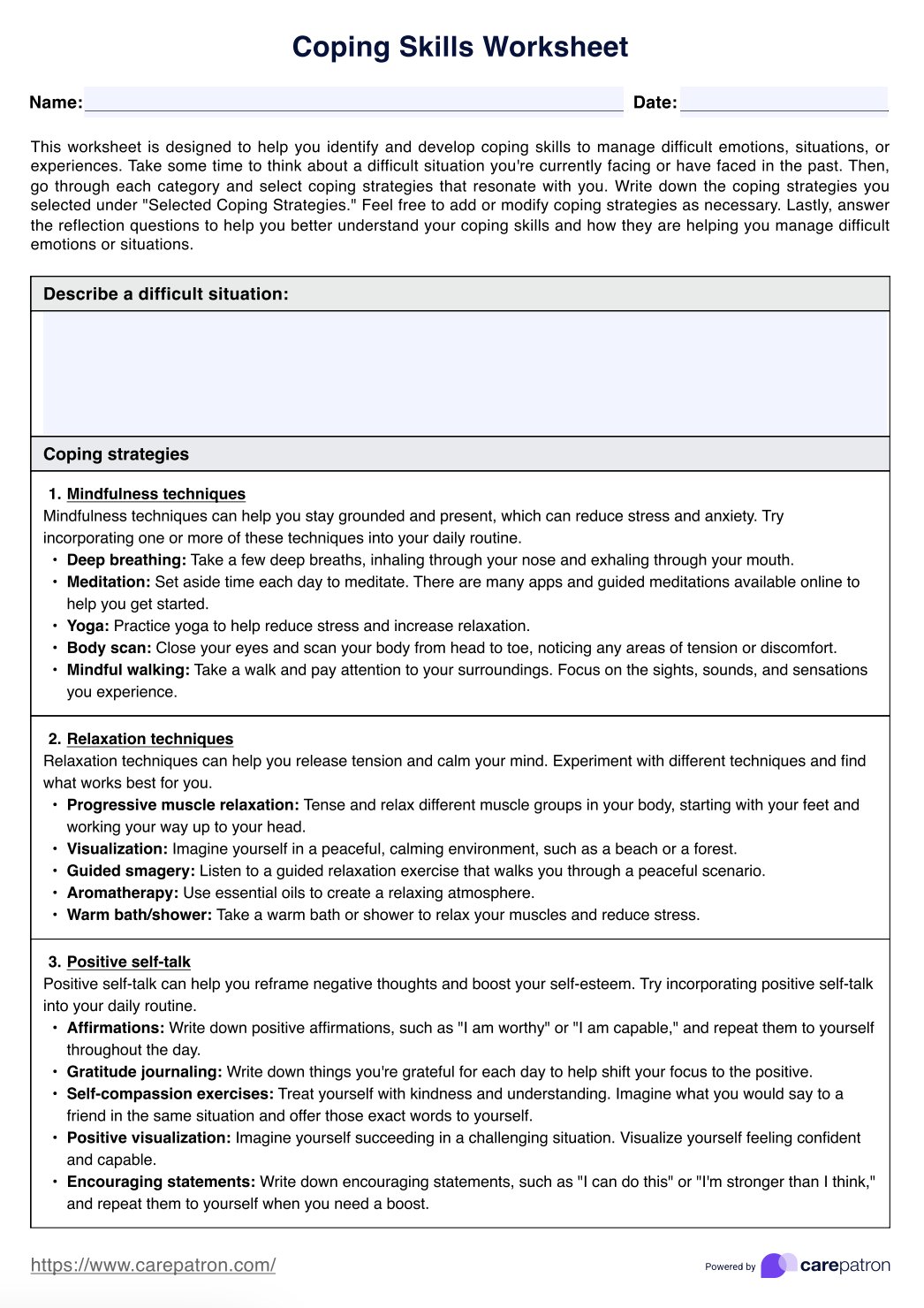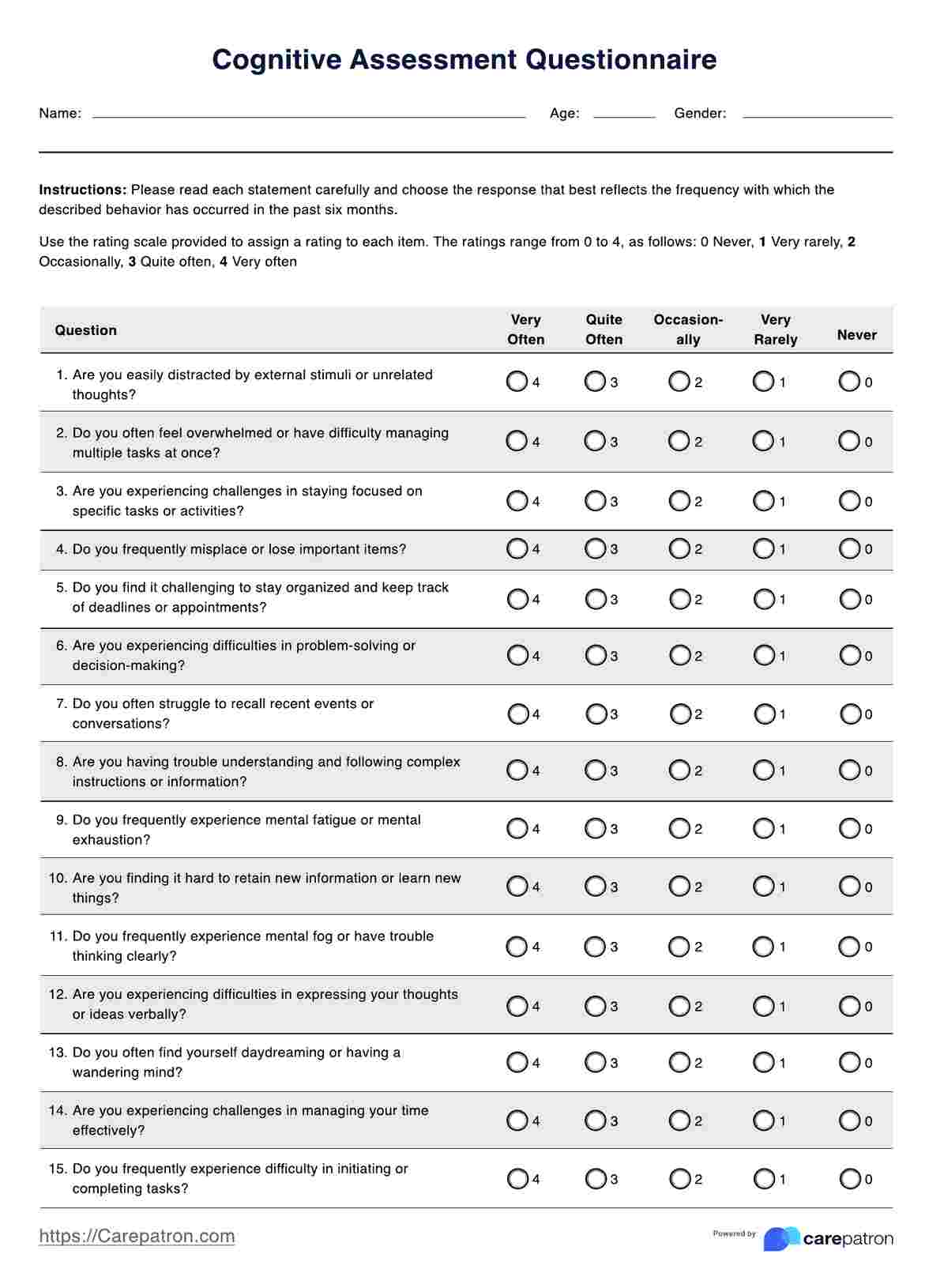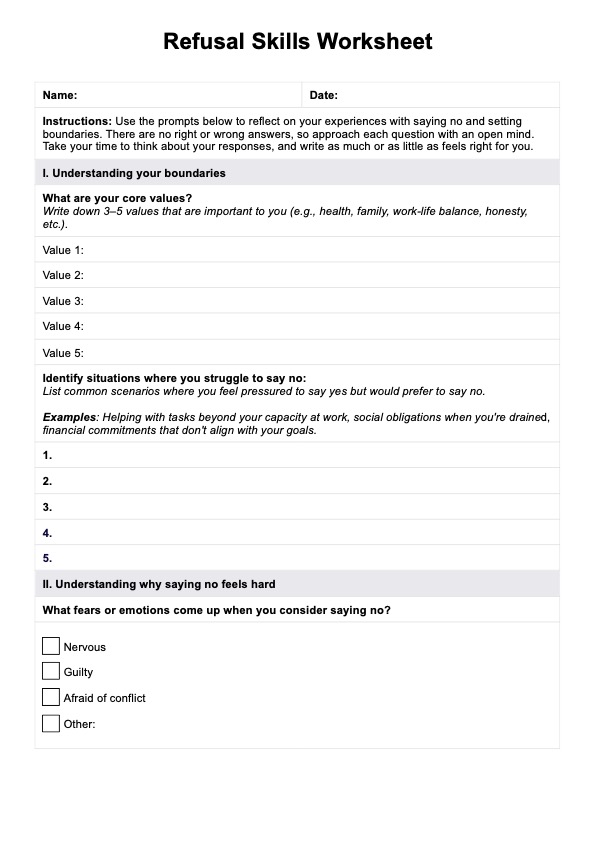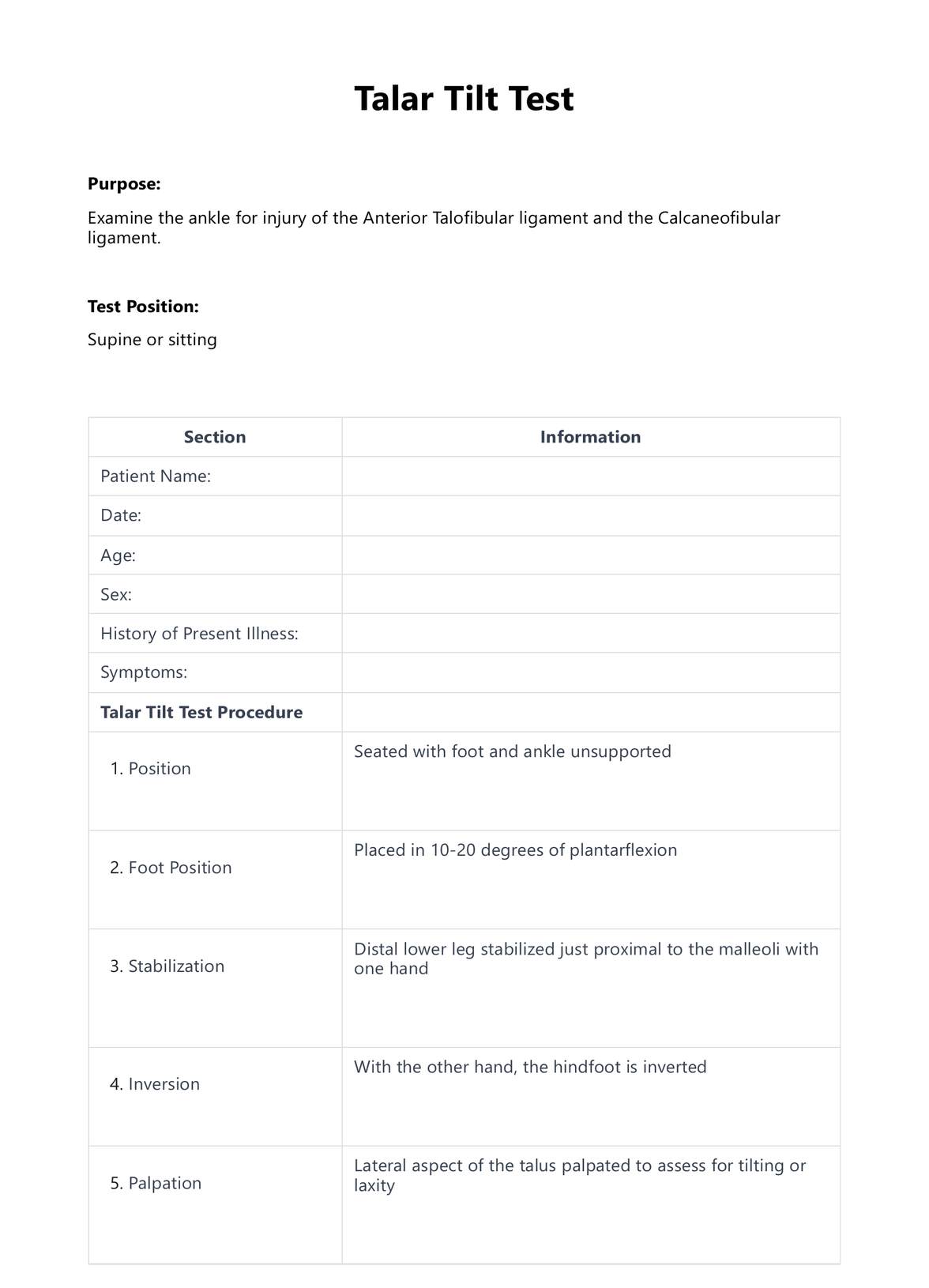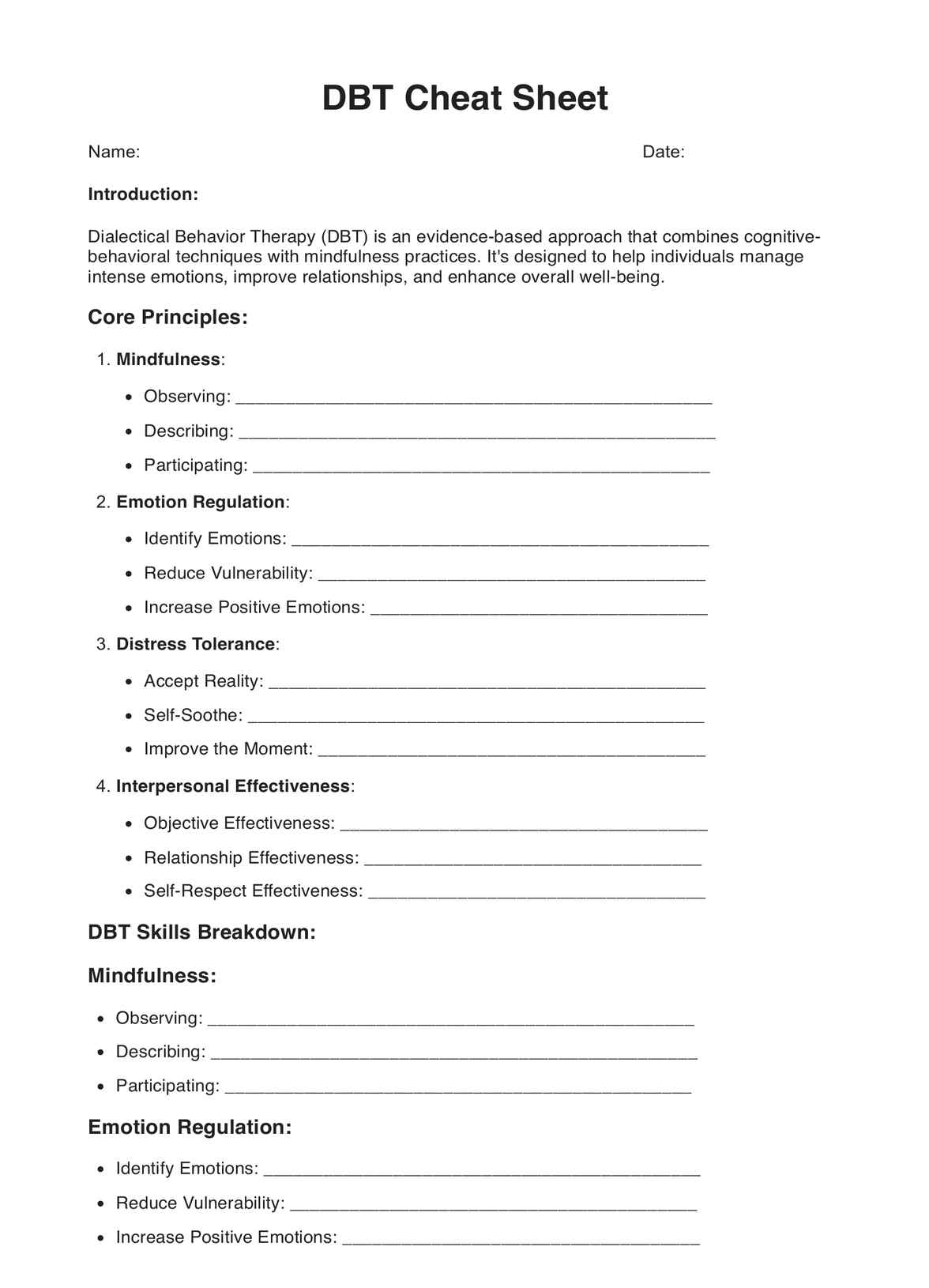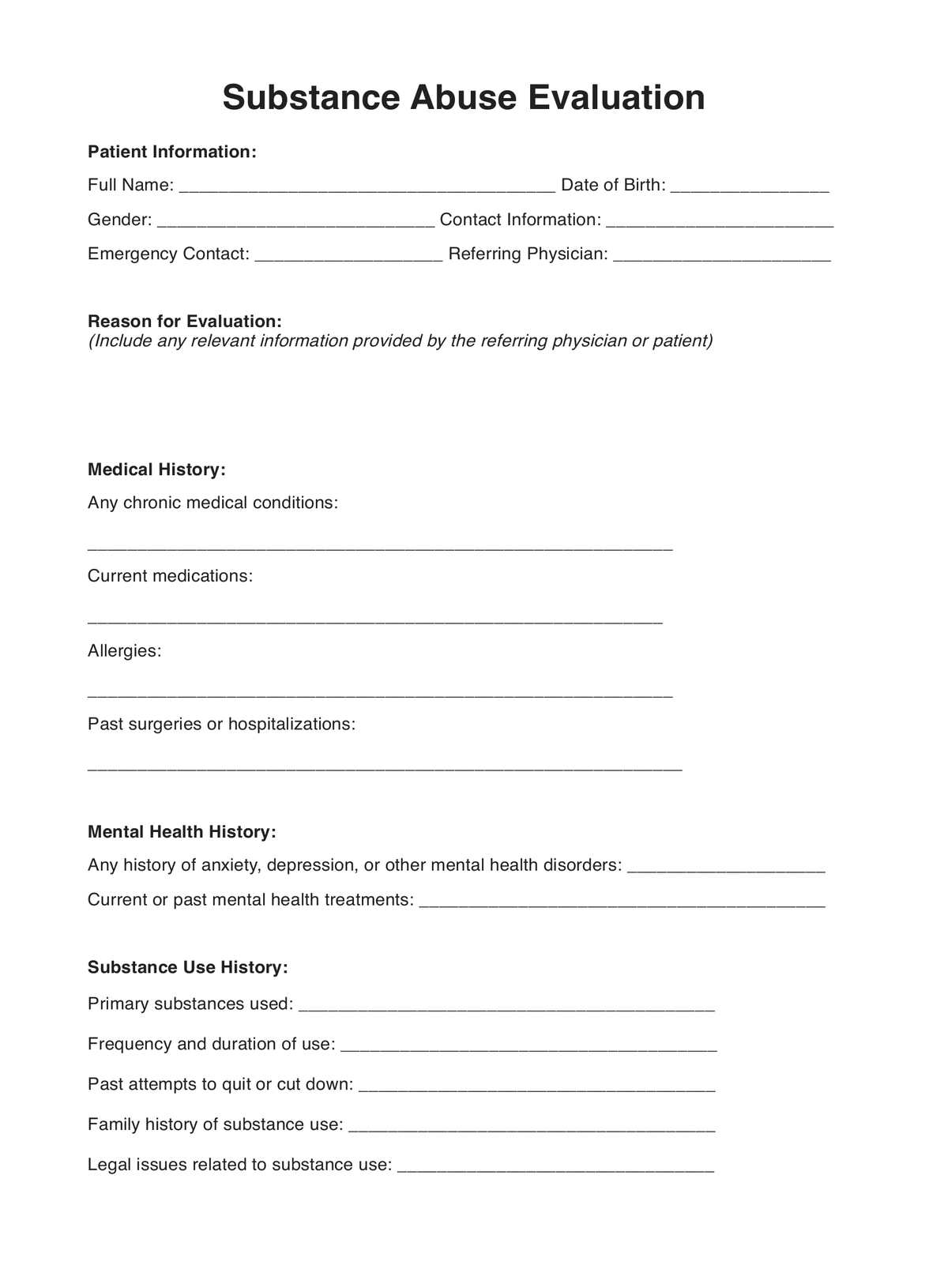Histrionic Personality Disorder Test
Explore the diagnosis & management of HPD with insights on symptoms, DSM criteria, & effective strategies for mental health professionals.


What is histrionic personality disorder?
Histrionic Personality Disorder (HPD) is a mental health condition categorized under Cluster B personality disorders, characterized by dramatic, excessively emotional, and excessive attention-seeking behaviors.
Individuals with HPD often display a pattern of seeking attention, validation, and approval through provocative behavior and are overly concerned with their physical appearance. They might exhibit impressionistic and vague speech, with shallow and rapidly shifting emotions. This disorder affects the individual's emotional well-being and social interactions, leading to significant distress or impairment in daily functioning.
Symptoms and characteristics of histrionic personality disorder
Histrionic Personality Disorder (HPD) is a mental health condition characterized by dramatic and erratic behavior and attention-seeking actions. Understanding the symptoms and characteristics is essential to seek appropriate help and manage the disorder effectively. Here's a closer look at these aspects:
- Constant seeking of reassurance and approval: Individuals need constant validation and attention, pushing them to seek reassurance from those around them.
- Tendency to exaggerate emotions and relationships: People with HPD often have dramatic or exaggerated emotions and depict relationships as more significant than they are.
- Easily influenced by others: Their high suggestibility makes them prone to be easily swayed by others' opinions.
- Use of physical appearance to draw attention: There is a significant focus on using their appearance to remain the center of attention.
- Theatrical sense of expression and exaggerated emotions: Emotions are often displayed in an overly dramatic manner.
- Provocative behavior and rash decision-making: Engaging in provocative behavior or making impulsive decisions is common, driven by the need for attention.
- Discomfort when not the center of attention: Feeling neglected or overshadowed when not the focus of attention leads to discomfort and dissatisfaction.
How do mental healthcare professionals diagnose this disorder?
For mental health professionals diagnosing HPD, a comprehensive evaluation is necessary to ensure an accurate diagnosis and to plan effective treatment strategies:
- Comprehensive evaluation by mental health professionals: A thorough assessment involving clinical interviews and a review of the individual's behavioral patterns.
- Utilization of the DSM Criteria: Diagnosis is guided by the Diagnostic and Statistical Manual of Mental Disorders (DSM) criteria, focusing on specific symptoms and behaviors.
- Psychological testing and observation: Standardized tests and behavior observation complement the diagnostic process, offering deeper insights.
- Consideration of medical history and co-occurring conditions: A review of the individual's medical and psychological history, including any co-occurring disorders, is crucial for a holistic understanding.
Understanding these symptoms and the diagnostic process is vital for anyone concerned about HPD in themselves or someone they know. This knowledge is crucial for seeking appropriate care and support.
Histrionic Personality Disorder Test Template
Histrionic Personality Disorder Test Example
What is Histrionic Personality Disorder Test?
A Histrionic Personality Disorder Test is a self-assessment tool or a diagnostic tool used by professionals to help identify the presence of HPD traits in individuals. It consists of questions related to feelings, behaviors, and attitudes that align with the severe and moderate signs of HPD. The test aims to gather insights into the individual’s emotional and behavioral patterns that suggest histrionic personality traits.
What can you expect from this test?
Participants can expect questions that explore various aspects of life experiences their emotional responses, social behaviors, and patterns of interaction that may indicate HPD. The test provides an opportunity for self-reflection and may guide individuals toward seeking a professional diagnosis and understanding their behavioral tendencies better.
When is this test conducted or issued?
The Histrionic Personality Disorder Test is typically administered in situations where there's a concern about an individual's emotional and behavioral patterns, particularly those indicative of HPD. Mental health professionals may decide to conduct this assessment during initial consultations if the client exhibits excessive emotionality, attention-seeking, or dramatically fluctuating moods.
Additionally, this test might be recommended when an individual or their family members notice persistent patterns of problematic behavior that affect relationships, work, or daily functioning. It can also be a proactive measure in therapeutic settings to explore underlying issues contributing to distress or dysfunction in a person's life.
This strategic use of the test ensures that any intervention is informed by a deep understanding of the individual's psychological landscape, enhancing the effectiveness of treatment plans tailored to address specific symptoms and behaviors associated with HPD.
Scoring and next steps
Test scoring usually involves each question carefully evaluating the responses to identify the severity of HPD traits. High scores might suggest more pronounced characteristics of HPD. The next steps often involve consulting a licensed mental health professional for a comprehensive evaluation and diagnosis. Professional diagnosis may lead to developing a treatment plan tailored to the individual's needs.
The Histrionic Personality Disorder Test is an important tool in identifying and understanding the complexities of HPD. Here's how our template aids in this process:
- Access the template: Download our Histrionic Personality Disorder Test template from our website. It's designed to be user-friendly and accessible, providing a straightforward evaluation process.
- Complete the assessment: The template includes a series of questions and scenarios that reflect behaviors and emotions associated with HPD. Individuals or professionals can complete this to capture a comprehensive view of the person's psychological profile.
- Review and score: Once completed, review the responses and utilize the scoring system provided within the template. This will help quantify the severity and presence of HPD traits.
- Interpret the results: Analyze the scores in the context of HPD diagnostic criteria. This step is crucial in understanding the extent of the disorder and planning the next steps accordingly.
- Consult a professional: Especially for self-assessments, it's recommended to consult with a mental health professional to discuss the results. They can offer a clinical diagnosis and suggest an appropriate treatment plan.
- Treatment plan: For professionals, the test results can guide the development of a targeted treatment strategy that addresses the specific needs of the individual with HPD.
This template is an invaluable resource for both mental health professionals and individuals seeking clarity on HPD. It simplifies the assessment process, ensuring a thorough and standardized approach to diagnosing Histrionic Personality Disorder.
Benefits of this test
Exploring the advantages of undertaking a Histrionic Personality Disorder Test unveils a critical pathway toward better mental health understanding and intervention. This test is a cornerstone for individuals seeking insights into their emotional and behavioral patterns. It offers a spectrum of benefits encompassing early detection, personal insight, and the foundation for targeted therapeutic strategies.
Early identification of HPD traits
The Histrionic Personality Disorder Test is instrumental in the early detection of HPD traits and is crucial for the timely initiation of appropriate mental health interventions. Early identification can significantly mitigate the adverse effects of the disorder on personal and professional relationships.
Enhanced self-awareness and understanding
By providing insights into specific behavioral and emotional patterns, the test fosters greater self-awareness and self-worth, among individuals. This deepened understanding of one's actions and their origins is a vital step toward recognizing the need for professional guidance and support.
Precise diagnosis and tailored intervention
This test is a critical diagnostic tool for mental health professionals, offering comprehensive insights that facilitate a precise diagnosis. It enables the development of customized treatment plans, addressing each patient's unique needs, thereby enhancing the efficacy of therapeutic interventions.
Foundation for a therapeutic relationship
The structured assessment process encourages open communication between therapists and patients, laying the groundwork for a therapeutic relationship based on trust and mutual understanding. This collaborative approach is essential for tackling the complex challenges associated with HPD and guiding patients toward emotional stability and improved interpersonal relationships.
Next steps
After identifying common mental health conditions present during a psychiatric evaluation for teenagers, the following steps typically involve:
- Treatment planning: A comprehensive treatment plan is developed based on diagnosing and assessing the teenager's needs. This plan may include therapy, medication, lifestyle changes, and other interventions tailored to address the specific mental health condition and symptoms.
- Referral to specialists: Depending on the complexity of the diagnosis and treatment needs, the teenager may be referred to specialized mental health professionals, such as psychiatrists, psychologists, or counselors, with expertise in managing the identified condition.
- Monitoring and follow-up: Regular monitoring of the teenager's progress is essential to assess the effectiveness of treatment and make any necessary adjustments. Follow-up appointments with the mental health provider and other healthcare professionals are scheduled as needed.
- Education and support: Providing education and support to the teenager and their family about the mental health condition, coping strategies, and resources available can empower them to manage symptoms and navigate challenges effectively.
- Advocacy and community resources: Advocating for the teenager's needs and connecting them with community resources, such as support groups, educational programs, or vocational services, can enhance their overall recovery and quality of life.
Commonly asked questions
Dramatic, emotionally expressive behavior and excessive attention-seeking actions are examples.
Treatment often involves psychotherapy, focusing on coping skills, improving self-esteem and communication skills, and understanding personal emotions and behaviors.
Yes, HPD can co-occur with other mental health conditions, making an integrated treatment approach necessary.


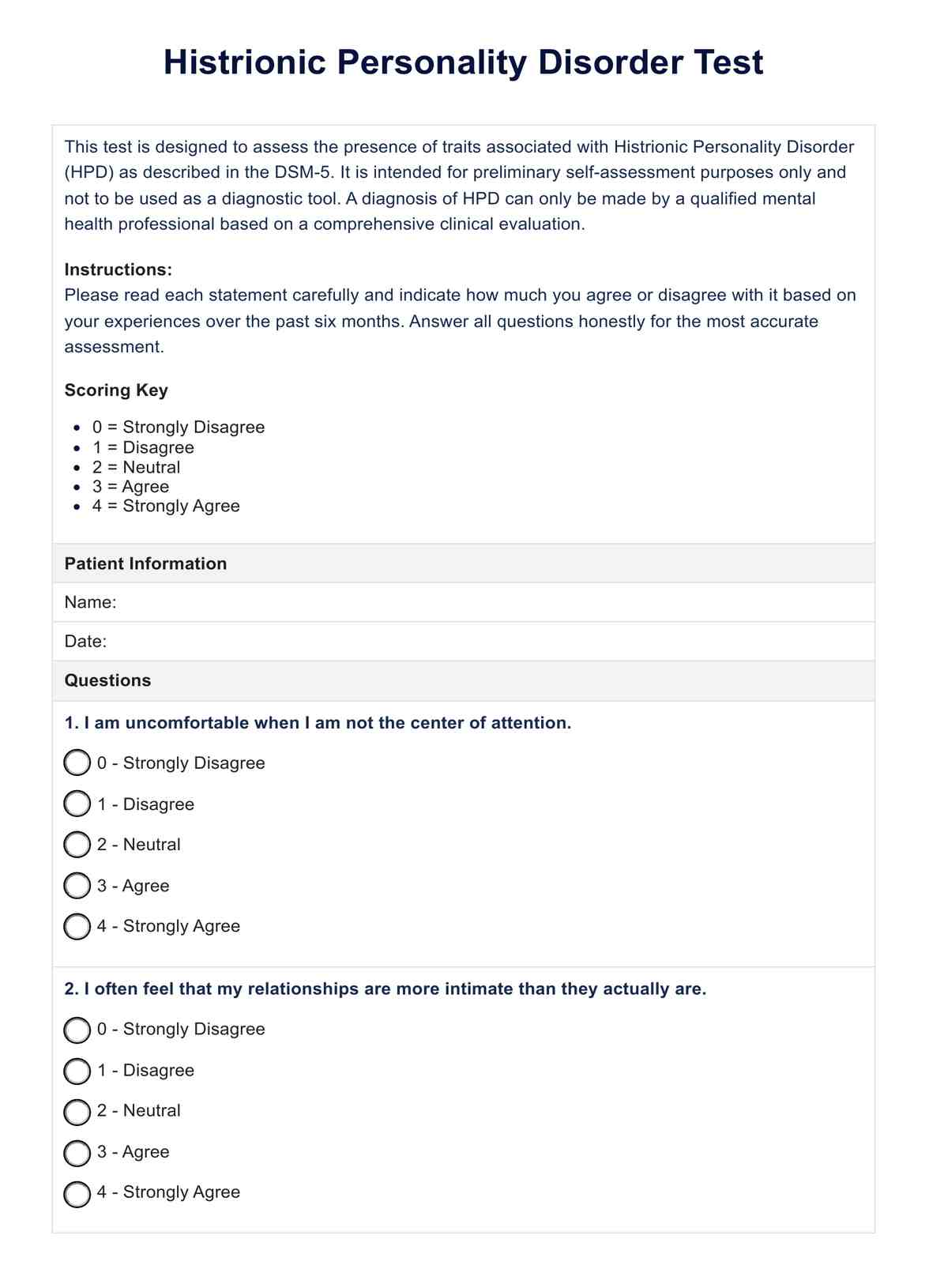
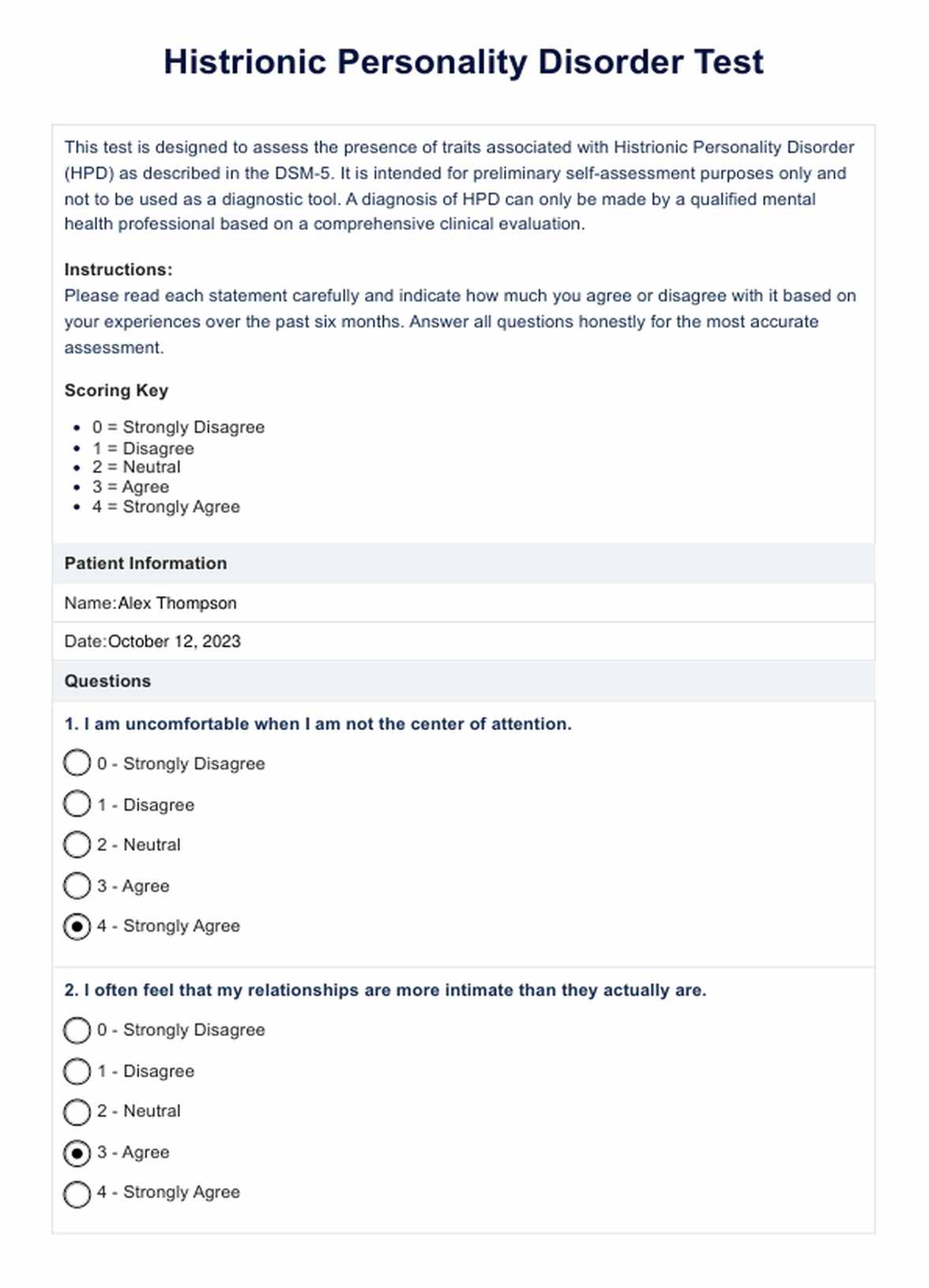

















-template.jpg)




















































































